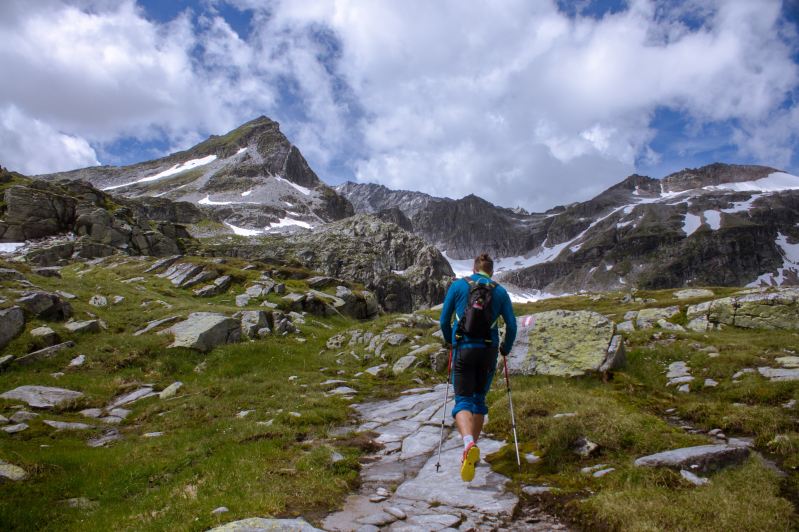
Move along the trail fast and light. The fastpacking definition has become a mantra for ultralight enthusiasts in recent years. The thru-hiking community especially has embraced the idea of minimalist packing for a maximum distance per day. This means carrying as little gear as you can get away with, all packed into a paper-thin, super light backpack, before setting off with optimal efficiency in mind.
Fastpacking is something of a gray area. It sits between trail running and hiking and moves freely across the space between them. At the risk of sounding a little spiritualistic, fastpacking is a mindset — man. It’s the idea that you get from A to B with the least hassle. This economical use of space, energy, and time has seen the fastest known times on trails destroyed and allowed would-be hikers with limited free time to explore boundaries farther than they had ever dreamed. Here’s how you can become a bona fide fastpacker in no time.
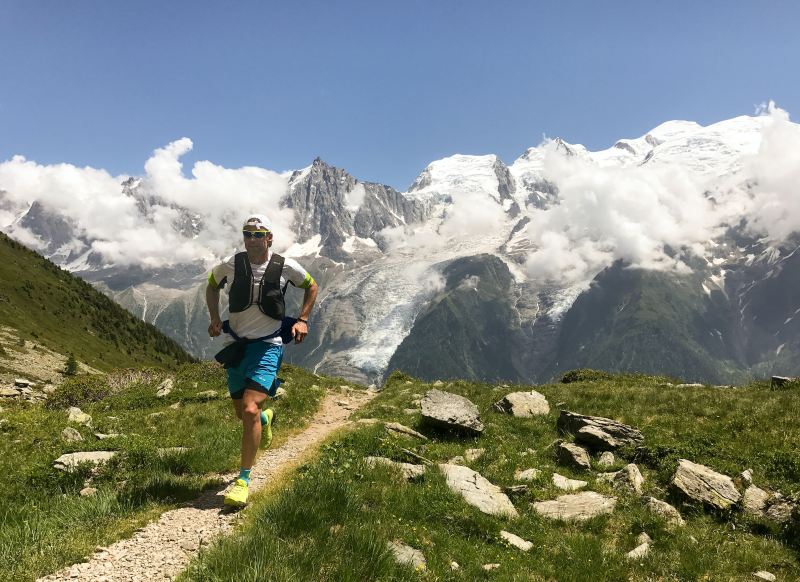
Condition your body
With fastpacking, you’re trying to go further than usual hiking and squeeze more into your day. You’re not supposed to be busting a lung the whole time — you can’t — but you will be run-walking for 10 hours or more every day. Sure, there’s no minimum distance for fastpacking, but you should do everything to ensure you’re fully prepared for your journey.
Once you step out of your hiking boots, you must rely on ankle strength rather than external support and core stability to keep you moving steadily on the trails. Full-body workouts can help work those supporting muscles and leg strength for the hills, while trail running is necessary to build your aerobic base.
Mental toughness is at least as essential as physical conditioning. This isn’t your quick-and-dirty 3-mile lap around the park — you’ll be on the trail for hours. You’re going to hurt. Positive self-talk, visualization, and short-term focus can all help keep you striding forward, and often we only find the key to our resilience by putting ourselves in those situations.
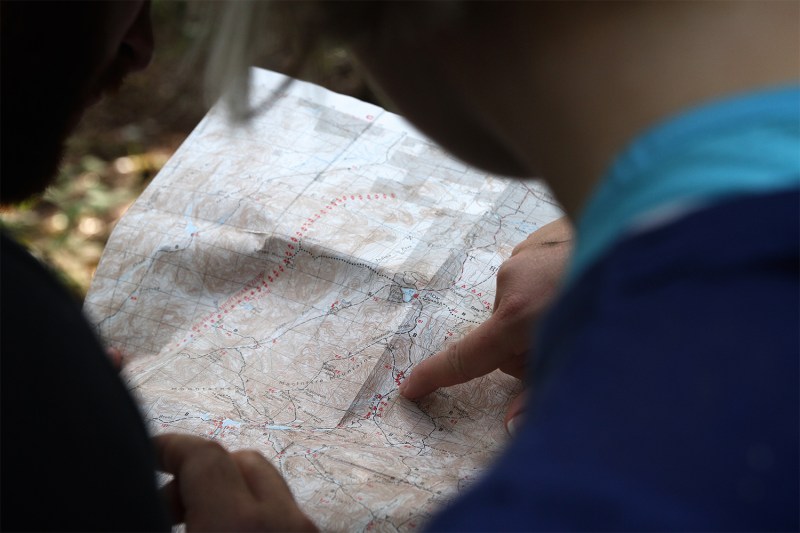
Planning your journey
Your first fastpacking trip shouldn’t be a push to go as far as possible. Like how backpacking differs from hiking, fastpacking is more than just running. Consider shorter distances and less technical trails until you’re comfortably walk-running with the weight. Plan your trail time at a much more relaxed pace than you usually run at.
The more you know about your route before you head out, the easier you will find it to navigate efficiently on the trail. Starting on well-marked trails helps limit potential mistakes and lets you focus on the journey. You should still brush up on your skills with a map and compass for more challenging navigational sections and for when you get more adventurous in the future. Even many experienced hikers find the transition to navigating at a faster pace difficult, and it can be worth planning some single-day fastpacking trails to get your head in the game.
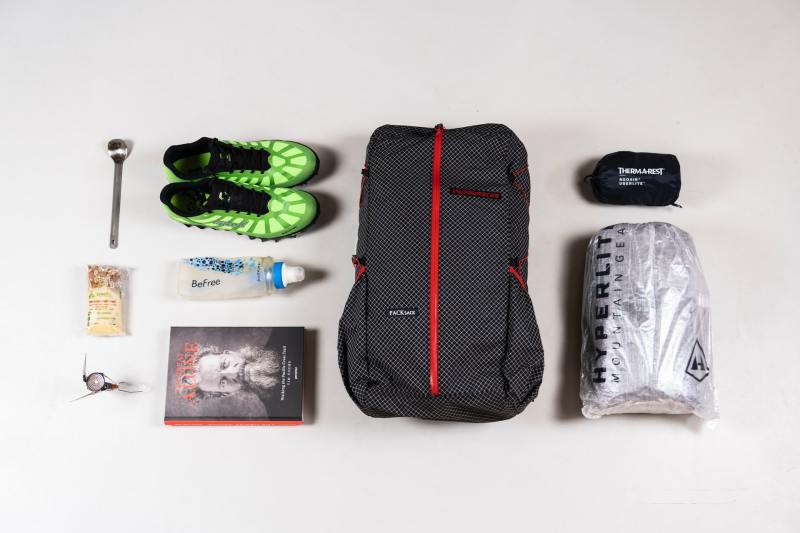
Packing your gear
Fastpacking is about moving fast and light; your equipment should reflect this. It would be great if every budding fastpacker had several thousand dollars to spend on the latest ultralight outdoor gear, but sometimes you have to make do with what you have. Deciding what you can do without is often the most efficient packing method for a fast packing adventure.
A lightweight sleeping bag and sleep system — tent or bivvy bag, usually — are must-haves, and cutting the bulk on these is one of the quickest ways to save space and weight in your pack. Limit your spare clothing to essential layers, if anything, and consider just how important those extra sheets of toilet paper are. The lighter your load, the easier your journey will be.
Along with your tent and sleeping bag, hydration, and nutrition will make up the bulk of your pack. You’re going to be burning a lot of calories and sweating out a lot of liquid. Ultra marathons are often described as a long picnic involving some running, and fastpacking is no different. Fueling on the trail requires as much practice as hardening muscles or making your mind a fortress.
When you’re planning your trip, look for restocking points on your route, as well as water refill points. Every liter of water weighs 2.2 pounds; if you can fill up along the way, you can carry less water. It’s more weight-efficient to carry a water filter than to haul the extra liters with you.
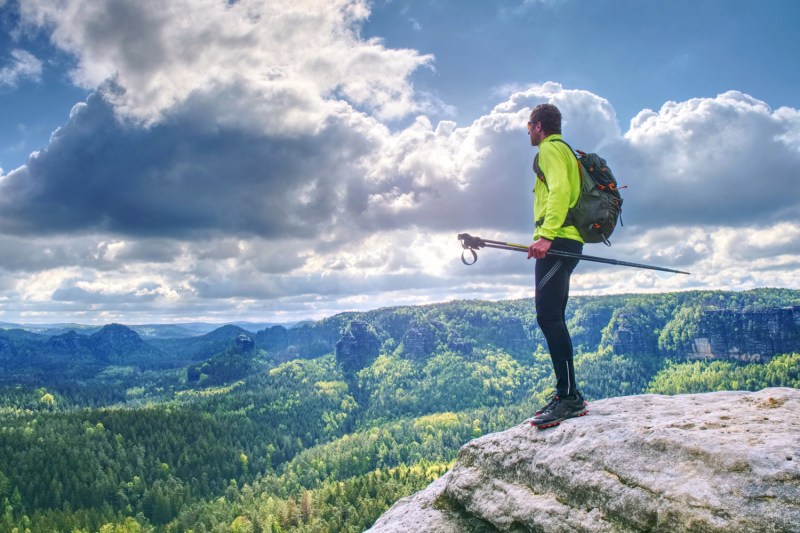
Fastpacking tips: What to wear and how to ensure success
Even the most precise planning doesn’t always guarantee success. Fastpacking — like any journey along the trail — is fraught with surprises and potential hazards to catch you off guard. While every trail and every day is different, here are some top tips as you make your way into the world of fastpacking:
- Layer up – The right layers are vital for success on the trail, no matter how you move. The variable speed of fastpacking means your temperature can change quickly, so you should always have a spare layer ready to go at the top of your pack. Remember that your layers should be breathable and non-cotton at all times.
- Don’t forget the waterproofs – While you might get away with being soaked during a run, fastpacking requires more preparation. A set of lightweight waterproofs — jacket and pants — is vital to stay warm overnight.
- Get a grip – You will be covering long distances on the trail, so having a pair of trail runners with dependable grip will maximize efficiency and help keep you safe in more technical terrain.
- Don’t set out too hard – This is a marathon — or more — not a sprint. Most fastpackers prefer to set out slow and pick up the pace. Better that way than to sprint out of the gate and falter farther down the trail.
- Eat, eat, eat – Keep snacks close at hand to continually replenish your lost calories. Meals are important, but so is constant nutrition.
- Pack smart – Packing your backpack the wrong way can lead to discomfort, sore points, back strain, and issues finding gear in camp. Pack smart, use dry bags to organize gear, and practice packing your ultralight pack.
- Enjoy the journey – Don’t just focus on the destination. Sure, fastpacking is about efficiency, but there’s no point pushing as hard as possible if you don’t see anything. Stop and dip your toes in the river or enjoy the view — you’ve earned it.



